High-Risk: Living With Chronic Illness During COVID-19
Media by Jana Deutch
Jesse Deutch, sophomore, has Chronic Kidney Disease, which puts her at a higher risk for contracting the novel coronavirus. Being in the high-risk group means she is significantly more likely to develop complications from the virus than compared to the average person.
A day in the life of Jesse Deutch, sophomore, looks a lot like any other teen in quarantine’s day.
She sleeps in, does her schoolwork, FaceTimes her friends and scrolls for hours through TikTok to occupy herself and avoid the inevitable boredom that comes with self-quarantine.
However, unlike many teens in quarantine, Deutch has been strictly quarantined to her house and neighborhood. Whenever Deutch’s parents leave the house to get essentials, they take painstaking care to not come into close contact with other people and to clean every product that comes into the house. Jana Deutch, Jesse’s mother, sanitizes almost every surface in their house to ensure safety from germs.
The Deutches practice social distancing and quarantine themselves so diligently because Jesse has Chronic Kidney Disease (CKD), which makes her greatly more susceptible to COVID-19. Jesse is scheduled to receive a kidney transplant in the summer, making it of utmost importance that she is as healthy as she can be before the day of the transplant.
“I definitely think I have to take [quarantine] seriously because it impacts me in a serious way,” Jesse said. “In the media, you see young, healthy people dying from this virus and they had healthy immune systems. If that can happen to them, what can happen to me?”
COVID-19 has caused people worldwide to make significant changes to their lives, and two of the biggest changes people have had to make are quarantining themselves and practicing social distancing. While most people have a choice in how seriously they wish to take these measures, people in the high-risk group for contracting the novel coronavirus cannot afford to take these measures lightly.
Jesse is part of the high-risk group because she has CKD, a chronic illness. CKD is the gradual loss of kidney function. It can be fatal without dialysis or a transplant.
She said her family quarantines by only seeing each other, avoiding contact with others as much as possible and abiding strictly to Missouri’s stay-at-home order. In addition, Jesse has avoided seeing her friends in person, touching packages until a set time and limiting hand-to-face contact as much as possible.
While she understands she may take quarantine more seriously than others, she finds it incredibly frustrating other teens her age are disobeying the stay-at-home order and social distancing rules. She sees teens breaking these rules daily on social media and joking about the matter. Jesse also said these are the same people she has noticed complain about quarantine the most and be the most upset about the possibility of similar restrictions during the summer.
Jesse strongly encourages people to understand not all those at high-risk have visible diseases. She wishes people recognized that their choices impact those like her, who are very susceptible to the virus and depend on others to do what is right.
“For people like me that need people to take it seriously, I don’t have the option of getting sick,” Jesse said. “Please think about where you are going, who you are seeing and what you are doing.”
Jana said she also presses for other teens Jesse’s age to take quarantine seriously and practice social distancing diligently.
“I’m very proud of Jesse, I’m glad she is not going against the rules,” Jana said. “She’s a good kid, and I think all kids should take it seriously too.”
Jana said, due to Jesse’s chronic illness, her family has taken immense care to make sure Jesse’s risk is as low as possible. She only goes out for essentials, and when she does, it’s with a protective mask on.
She is especially aware of who she comes into contact with outside because she knows whatever germs she may come into contact with, she is bringing those germs to Jesse and putting her at risk.
Jana understands while there is no immediate cure in sight, the best thing people can do is practice social distancing and quarantine themselves for each other’s safety.
“I wish there was a magic pill, but we don’t have one at this time,” Jana said. “You have to do what’s right for everybody. That is, to social distance and do your best to flatten the curve so we can finally get out of this situation.”
Dr. Sudheer Atluri MD, emergency physician and Medical Director of Our Urgent Care, said one of the most important reasons social distancing and quarantining are so vital is they mitigate the spread of the virus and give the healthcare system much needed time to breathe.
He said, along with proper sanitization, wearing masks and avoiding hand-to-face contact, social distancing and quarantining are essential actions to take to flatten the curve and allow more time until a cure or vaccination is developed.
Dr. Atluri said there are three main reasons why these actions are so critical to reducing exposure. First, many people might not know they are at high-risk for the virus until it is too late. Second, even if you think you are not high-risk, it is likely a family member, neighbor or friend around you is high-risk. Lastly, Dr. Atluri argues it is everyone’s social duty to follow the proper recommendations and stay healthy as a community.
He urges people to acknowledge they may be being careful, but not careful enough. He recommends researching proper mask etiquette and being on the lookout for potential symptoms.
“Do remember we are all in the same community,” Dr. Atluri said. “We have to make sure that we look after our fellow human beings who may be at a higher risk.”
He said those in the high-risk group include the elderly population, those with autoimmune diseases, those with comorbid conditions (like COPD, diabetes, hypertension, kidney problems and cancer) and those who take immunosuppressive medication. Being high-risk for the virus means being more likely to develop complications from it.
He said, while those at a higher risk for the virus don’t necessarily need to take more action to keep safe than those at lower risk, they have to do them more vigilantly.
Despite the need to quarantine, Dr. Atluri said people should still go outside and avoid isolating themselves, as exercise and social interaction are needed to stay healthy.
He also said it is equally important to maintain hope and persevere during these uncertain times.
“This is an unprecedented time that we are all going through,” Dr. Atluri said. “A lot of people are suffering and a lot of death is happening. But, with time, we can all work together to get through this. We can beat this, and we will beat this.”
Your donation will support the student journalists of Marquette High School. Your contribution will allow us to purchase equipment and cover our annual website hosting costs. You may become a PATRON by making a donation at one of these levels: White/$30, Green/$50, Blue/$100. Patron names will be published in the print newsmagazine, on the website and once per quarter on our social media accounts.
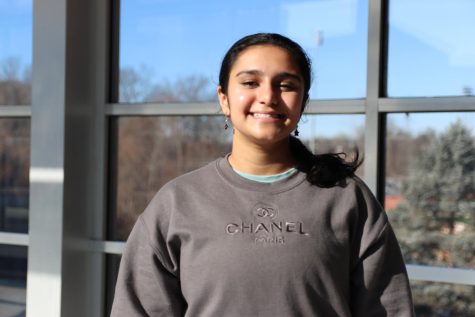
Arpitha Sistla (she/her), senior, is a Co-Online Editor in Chief for the Messenger. This will be her 3rd year on staff. Outside of the Messenger, she is...




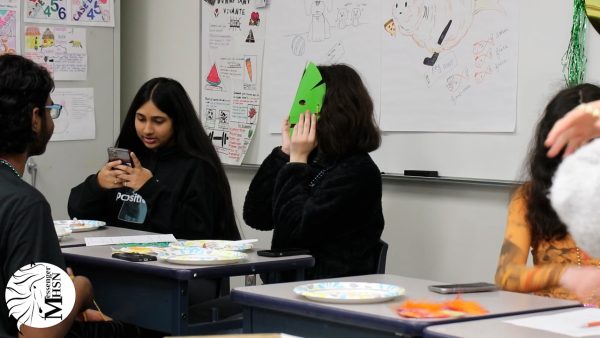
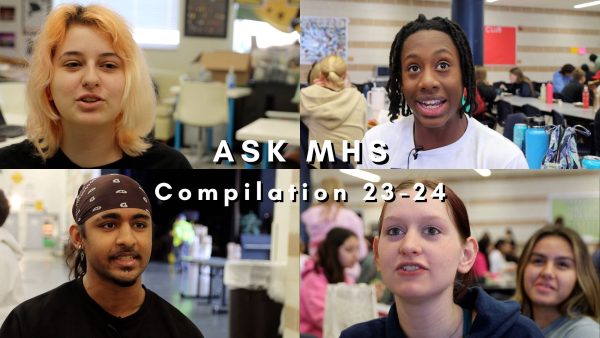

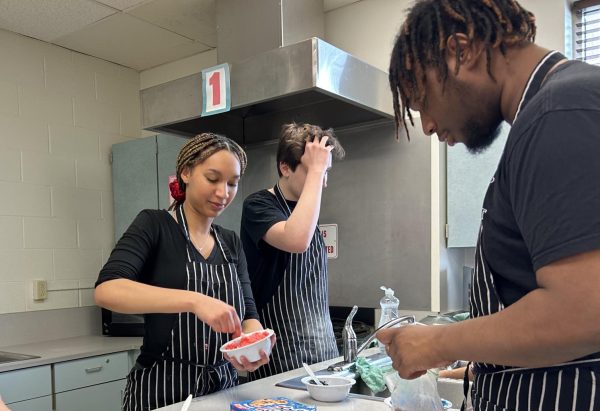
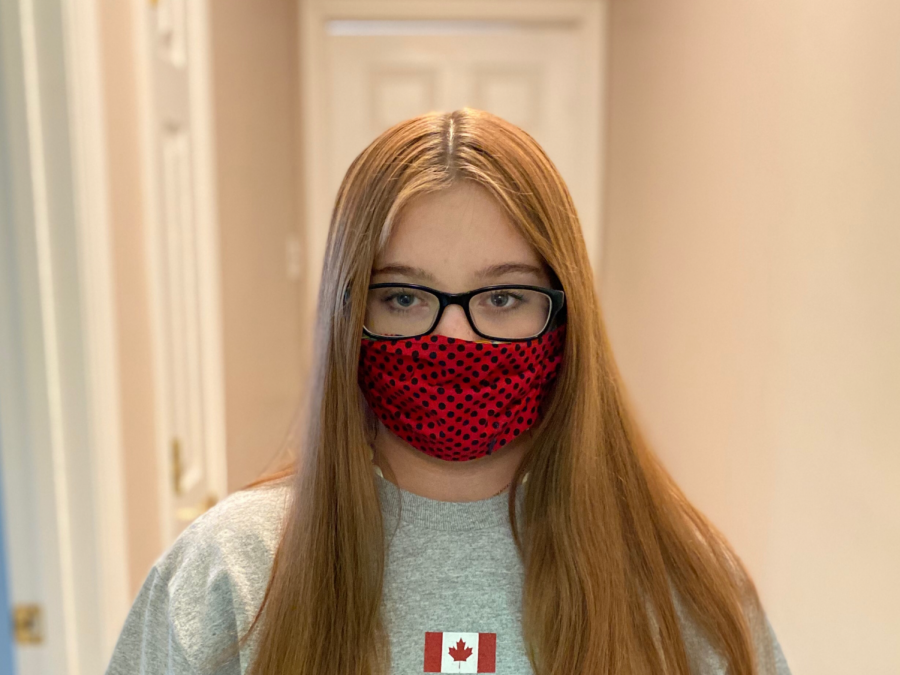




Kristen Chavez • Feb 27, 2021 at 11:57 AM
I was extremely short of breath and constantly tired due to my Emphysema, I was introduced to VineHealth Center and their COPD Herbal Protocol. I started on the COPD Treatment last year, my symptoms gradually diminished including my shortness of breath, wheezing and fatigue. Reach the m at vinehealthcenter. c om. I am Emphysema free!
Marie van Rooyen • May 3, 2020 at 3:24 AM
For the past few years I have had difficulty working out in yard, then in 2017 it got harder and harder to breathe. After many tests, it was a CT scan that showed COPD, emphysema and scarring in my lungs. I quit smoking 8 years ago but the damage has been done. I got to a point I couldn’t catch my breath and was coughing so hard I thought the top of my head would blow off, nothing was really working to help my condition. Finally i came across Herbal Rich Herbal Gardens (ww w. richherbalgardens. c om) December 2018 and learnt about their successful herbal therapy for COPD. I immediately started on the COPD treatment; few weeks into the treatment, i began to notice a reduction in symptoms till it all vanished. I feel better and breath better. I Just wanted to share for people suffering from this horrible lungs disease.